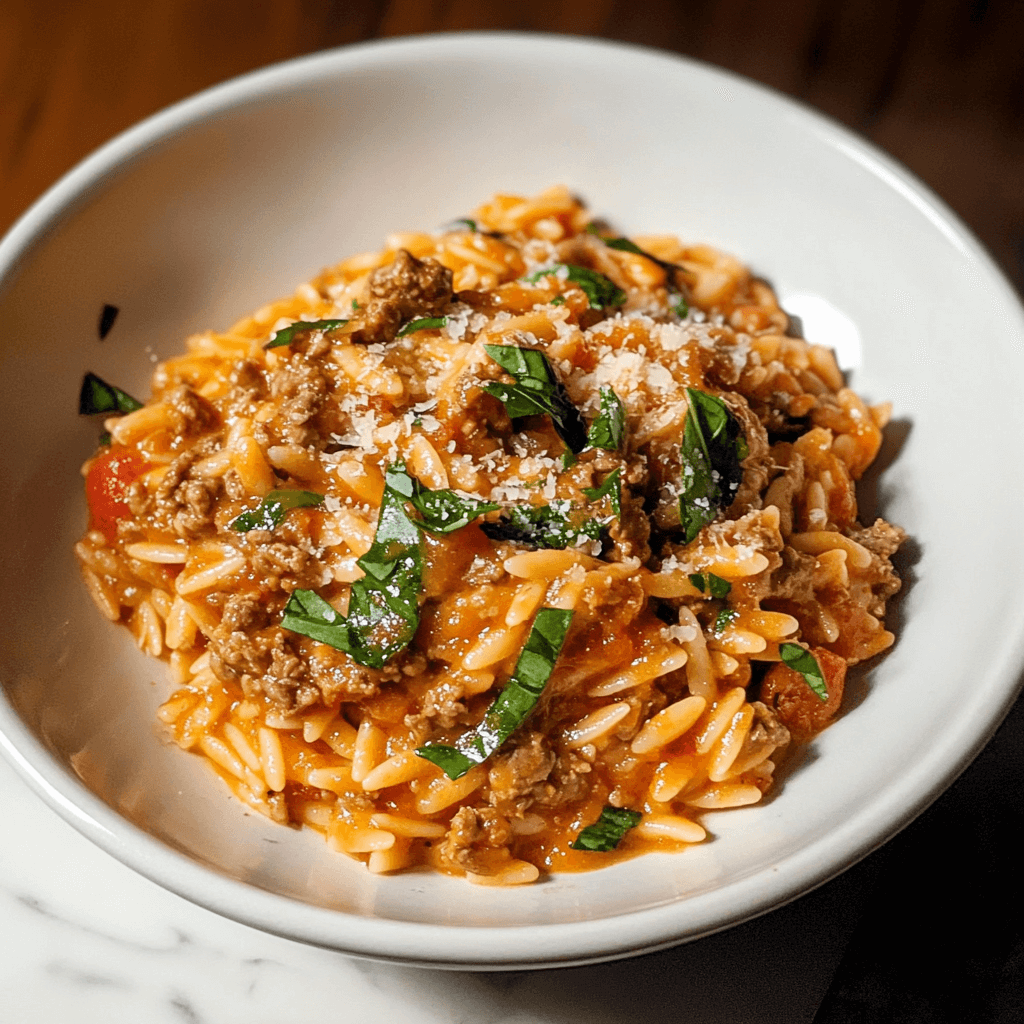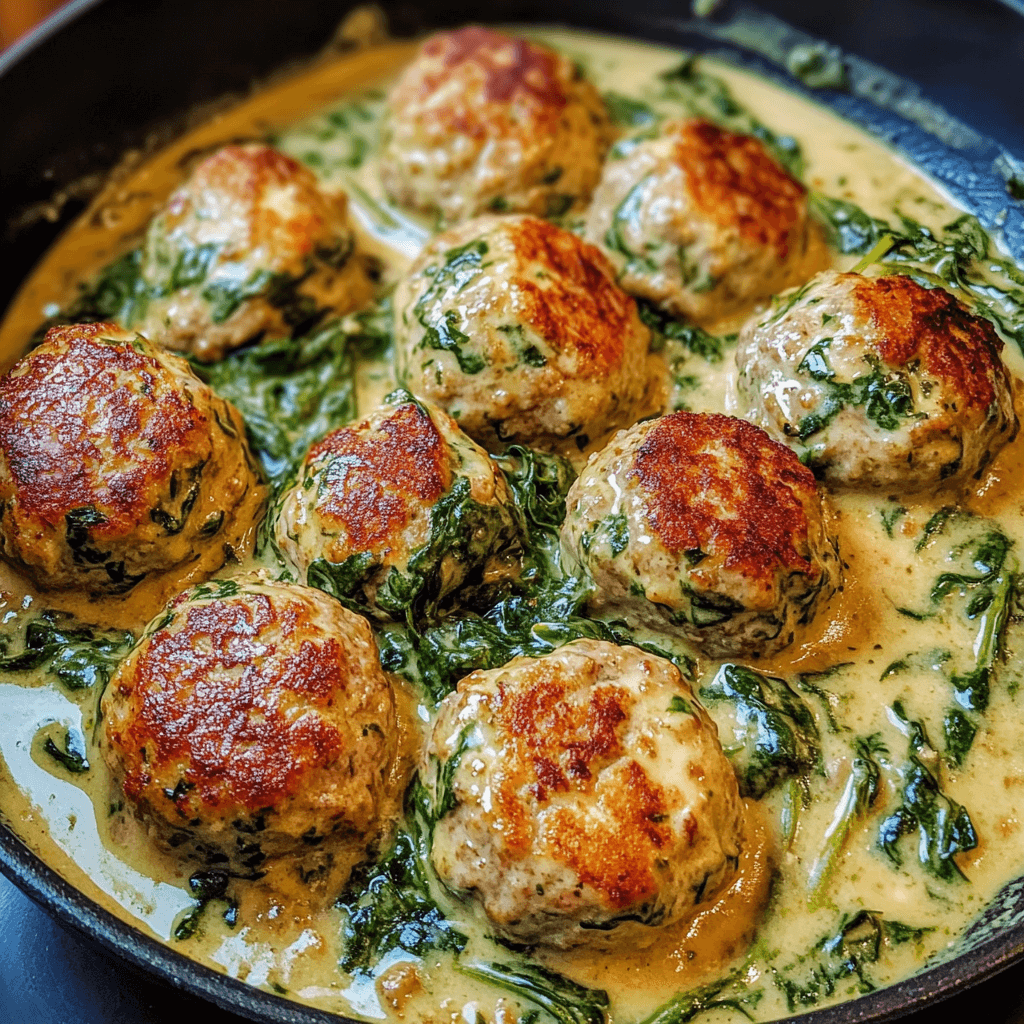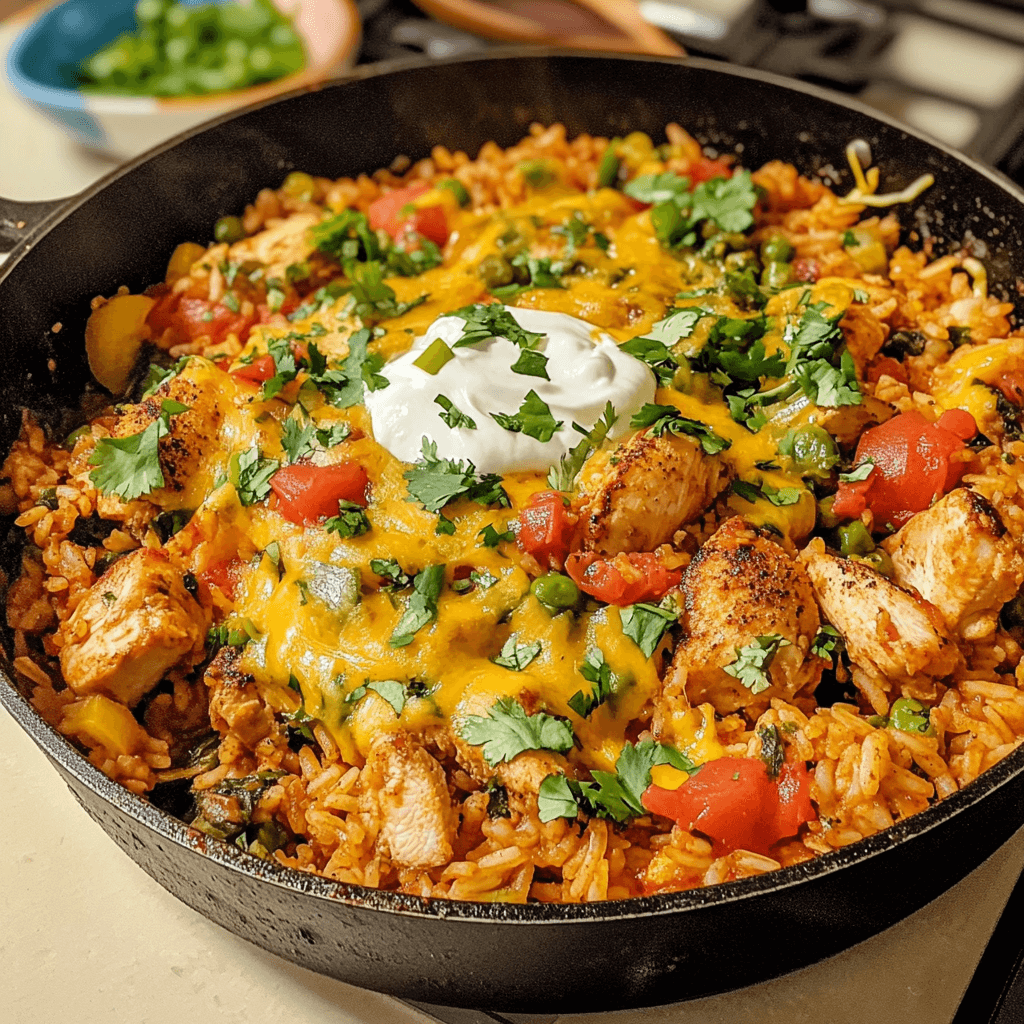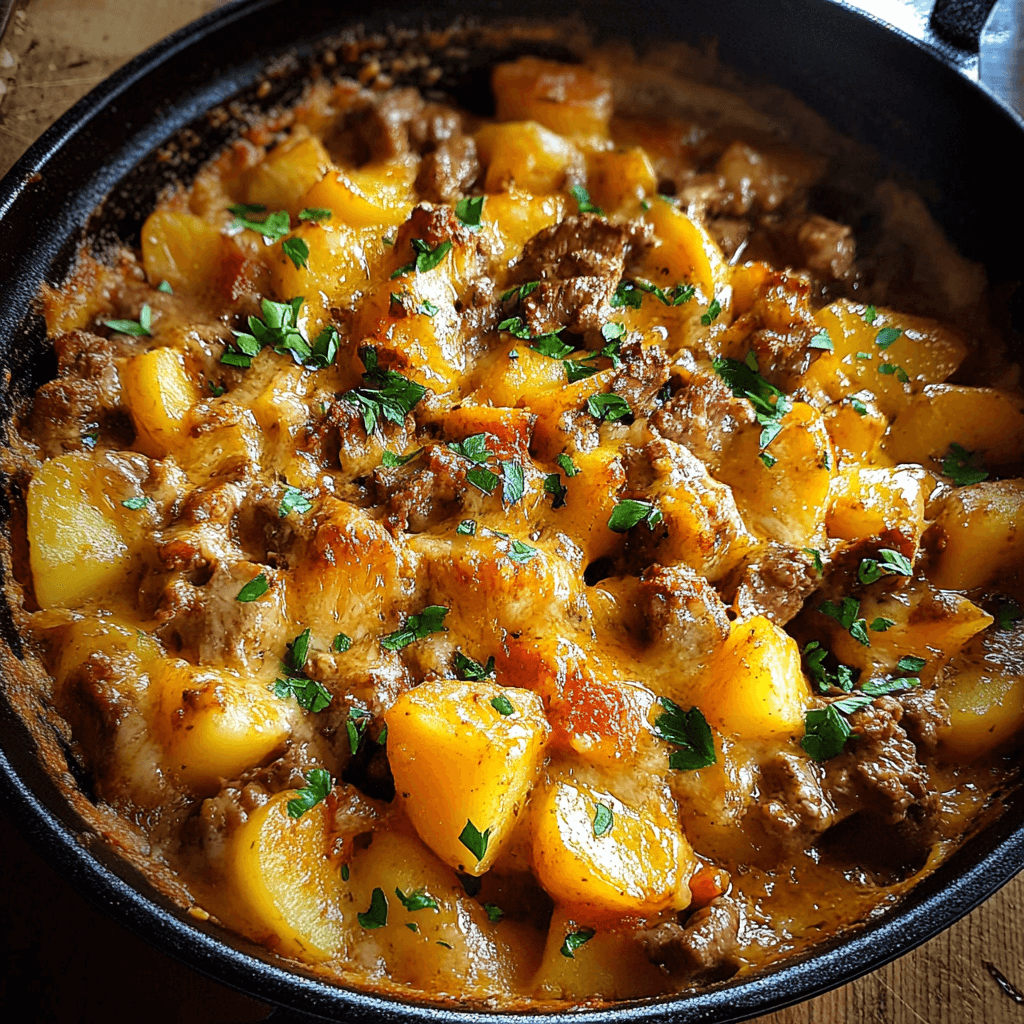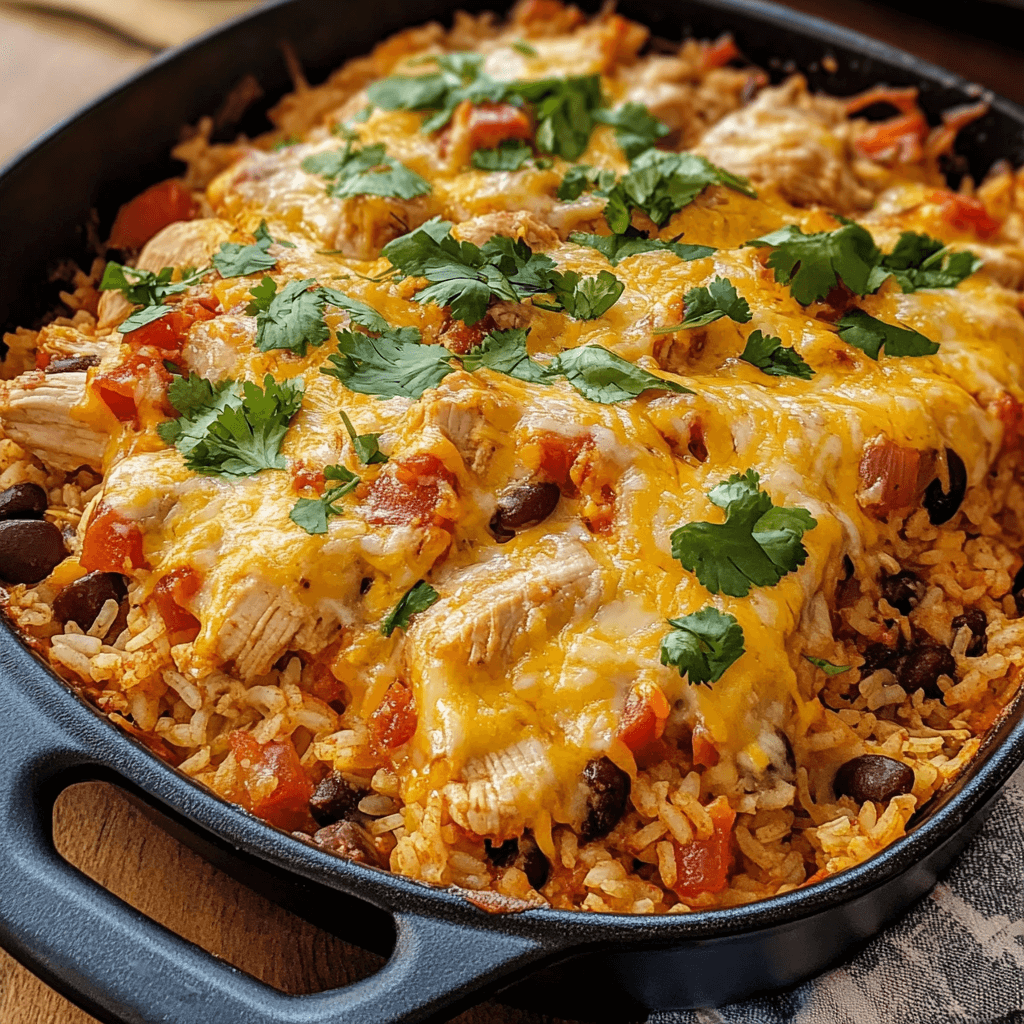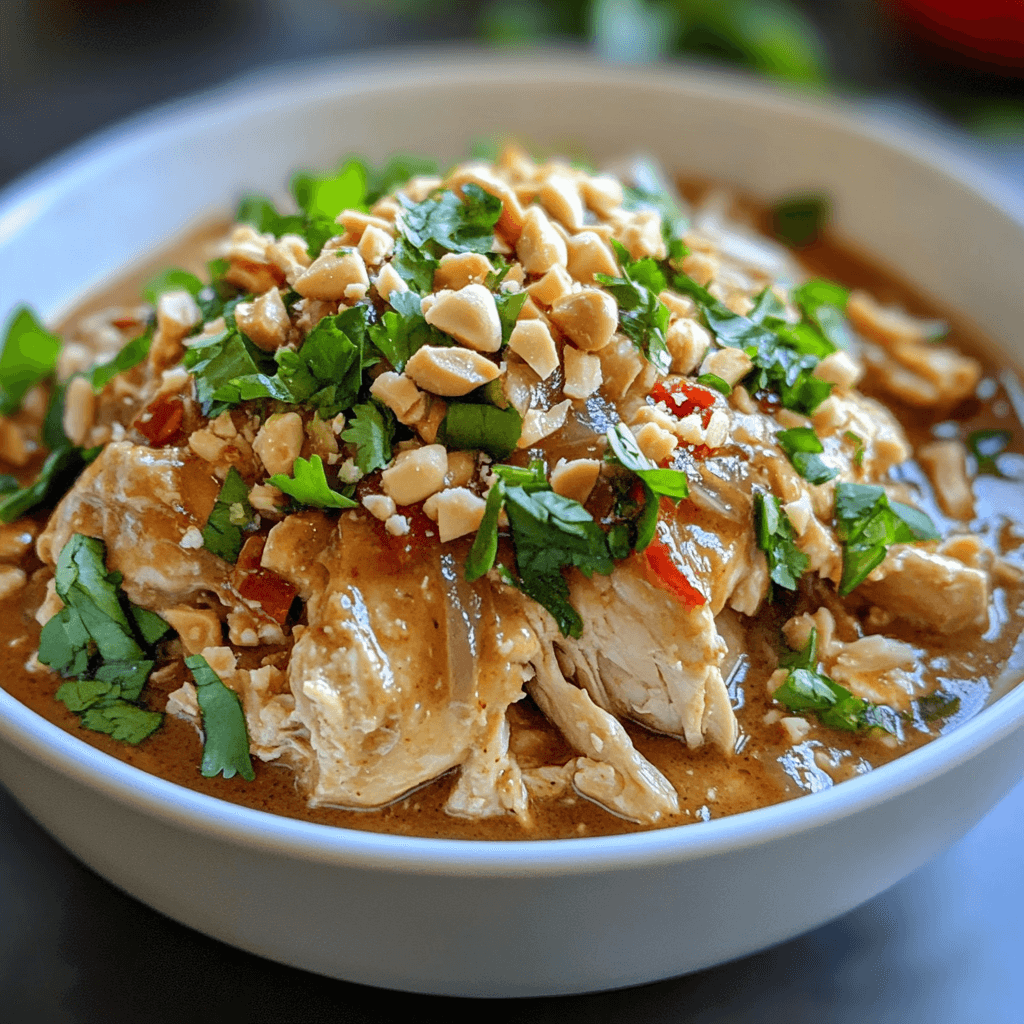Pastina, the petite pasta with a plethora of possibilities, has graced tables and warmed hearts for generations. This tiny star-shaped pasta may be small in size but is mighty in its culinary flexibility. Beyond its traditional role in Italian broths, pastina stars in a variety of dishes that showcase its delicate texture and ability to absorb flavors. Let’s embark on a gastronomic journey to uncover the essence of pastina and the numerous applications that make it a pantry staple.
The Quintessential Comfort Food: How Pastina Enriches Every Dish
The allure of pastina lies in its simplicity and its exceptional ability to complement a myriad of ingredients. From the simplest of broths to the most elaborate casseroles, pastina serves as a testament to the pasta’s adaptability. Its tiny shape makes it an ideal choice for young and old alike, providing a satisfying and nutritious meal option that’s both gentle on the palate and comforting to the soul.
Incorporating Pastina in Healthy Eating: A Nutritious Addition to Your Diet
Health-conscious individuals might be surprised to learn that pastina can fit seamlessly into a well-balanced diet. Rich in carbohydrates and low in fat, pastina provides a source of quick energy while also serving as a canvas for nutrient-dense vegetables, lean proteins, and healthy fats. When cooked in a savory broth or partnered with a rainbow of vegetables, pastina becomes part of a nourishing meal that fuels the body and delights the senses.
Pastina: A Culinary Journey Through Italian Tradition and Innovation
Embrace the history of pastina as we travel from its rustic Italian roots to contemporary kitchens where chefs experiment with this versatile pasta. Whether used in a traditional pastina e l’uovo (pastina with egg) or in innovative modern dishes that fuse different cuisines, pastina’s timeless appeal continues to inspire creativity and evoke nostalgia.
What is it used for?
Ah, the million-dollar question! Pastina’s versatility is truly remarkable, fitting seamlessly into various culinary creations.
- Pastina in Soups A steaming bowl of chicken soup isn’t complete without a sprinkle of pasta. Its ability to soak up flavors makes it a favorite among soup lovers.
- Pastina as a Baby Food Its soft texture and easy digestibility make pastina a top pick for baby foods. Mix it with some veggies, and you’ve got a nutritious meal for your little one!
- Pastina in Desserts Ever tried pastina pudding? If not, you’re missing out! This pasta can be a delightful addition to sweet treats.
- Pastina as a Side Dish Toss it with some butter, cheese, or your favorite sauce, and voilà! A simple yet delicious side dish is ready.
Nutritional Benefits
Beyond its taste, pastina packs a nutritional punch.
- Vitamins and Minerals in Pastina Rich in B-vitamins and essential minerals like iron, pasta supports overall health.
- Carbohydrates and Proteins A great source of energy, pasta provides the carbs and proteins needed to fuel your day.
- Dietary Fiber and Health Benefits Regular consumption can aid digestion and promote heart health, thanks to its dietary fiber.
Pastina, a beloved small pasta variety, is not only versatile in culinary applications but also packs a nutritional punch. One of its primary attributes is its caloric content; a 2 oz (56g) serving provides approximately 200 calories, primarily derived from its carbohydrate content. Carbohydrates are essential for the body as they serve as the primary energy source. In a single serving of pastina, there’s a substantial 42g of carbohydrates. This includes 3g of dietary fiber, which plays a pivotal role in digestive health, aids in maintaining stable blood sugar levels, and promotes satiety, potentially aiding in weight management.
Moreover, pastina offers a commendable protein content of 7g per serving. Proteins are the building blocks of the body, crucial for muscle growth, repair, and overall cellular function. While pastina is low in fats, with just 1g of total fat per serving, it ensures that none of it is the harmful trans or saturated fats. This makes it a heart-friendly option.
In addition to these macronutrients, pastina is fortified with essential vitamins, particularly B-vitamins like Niacin (Vitamin B3), Thiamine Mononitrate (Vitamin B1), Riboflavin (Vitamin B2), and Folic Acid. These vitamins play vital roles in energy production, red blood cell formation, and overall metabolic health.
In essence, pastina offers a balanced macronutrient profile, making it not just a delightful culinary ingredient but also a nutritionally enriching food choice.
Cooking: Tips and Tricks
To get the most out of your pastina dishes, consider these handy tips.
- Choosing the Right Type of Pastina Depending on your dish, select the appropriate pasta shape. For soups, stars or tiny balls work best.
- Cooking Time and Techniques Pastina cooks quickly! Keep an eye out to ensure it doesn’t turn mushy.
- Flavor Pairings and Seasonings Garlic, butter, and cheese are pasta’s best friends. Experiment with different seasonings for a flavor explosion!
Popular Pastina Recipes Around the World
1. Italian Soup
A comforting soup made with pastina, chicken broth, and grated Parmesan cheese. Often served to children in Italy as a comfort food.
2. with Butter and Milk
A simple dish where pastina is cooked and mixed with butter and milk. A common breakfast or snack in many Italian households.
3. Greek Soup (Avgolemono)
A creamy soup combining pastina, chicken broth, eggs, and lemon juice. This traditional Greek dish offers a tangy flavor.
4. Salad
A refreshing mix of cooked pastina with fresh vegetables like cucumbers, tomatoes, and bell peppers, all brought together with a tangy vinaigrette dressing.
5. with Tomato Sauce
Classic Italian fare where pasta is paired with a rich tomato sauce, often accompanied by meatballs or sausages.
6. Risotto
Pastina cooked in a style reminiscent of risotto, using broth and often finished with a touch of cheese and butter for a creamy texture.
7. with Vegetables
A vibrant dish where pasta is combined with a medley of sautéed or roasted vegetables.
8. Pudding
A sweet treat where pasta is simmered with milk, sugar, and sometimes eggs to achieve a pudding-like consistency. Flavors can be enhanced with vanilla, cinnamon, or other spices.
9. Mexican Soup
A spicy concoction of pasta, chicken or vegetable broth, tomatoes, chili peppers, and a mix of spices. Garnishes often include avocado, cilantro, and a squeeze of lime.
Storing and Preserving
Keep your pastina fresh with these storage tips.
- Shelf Life and Best Practices Store in a cool, dry place, and it’ll last for months.
- Freezing Cooked Pastina Yes, you can freeze it! Just ensure it’s cooled before popping it in the freezer.
- Reheating Tips for Optimal Taste A splash of water and a quick microwave session will bring your pasta back to life.
Pastina vs. Other Pasta Types
How does pastina stack up against other pastas?
- Comparison with Orzo While both are small, orzo is rice-shaped, making it distinct from pasta.
- Differences from Couscous Couscous is a type of semolina, while pasta is pure pasta. Their textures and uses differ significantly.
- Unique Features of Pastina Its tiny size and adaptability make pasta stand out in the pasta world.
Pastina in the Modern Kitchen
Pastina has evolved over the years, finding its place in contemporary kitchens and gourmet dishes.
- Pastina Fusion Dishes Chefs worldwide are experimenting with pasta, blending it with international flavors. Think pasta stir-fry or pasta tacos!
- Health-conscious Pastina Meals With the rise of health trends, pasta salads with kale, quinoa, and chia seeds are gaining popularity.
- Pastina in Vegan Dishes Vegan pasta dishes, using plant-based broths and vegan cheeses, are a hit among the vegan community.
The Cultural Significance
Pastina isn’t just food; it’s an emotion, deeply rooted in various cultures.
- Pastina in Italian Traditions In Italy, pasta often marks a child’s transition from milk to solid food, symbolizing growth and family bonding.
- Pastina Celebrations Worldwide From festive feasts in Europe to family gatherings in America, pasta dishes grace many occasions, celebrating love and togetherness.
Sourcing and Buying the Best
Quality matters! Here’s how to ensure you’re getting the best pasta.
- Organic vs. Regular Pastina Organic pasta, free from pesticides, is a healthier choice, though slightly pricier.
- Imported vs. Local Pastina While imported pasta offers authentic flavors, local brands can be fresher and support local businesses.
- Reading Pastina Labels Always check for expiration dates, ingredients, and certifications to ensure you’re buying top-quality pasta.
Innovative Dishes to Try
Ready to elevate your pastina game? Here are some innovative dishes to inspire you.
- Pizza Bites Imagine tiny pizza bites with a pasta base! A hit at parties.
- Spicy Fritters Crispy on the outside, soft inside, these fritters with a hint of spice are simply irresistible.
- Ice Cream Sundae Sounds crazy? It’s delicious! Cold pasta, mixed with sweet syrups and topped with ice cream. A dessert like no other!
1. Italian Soup (Minestrina)
This classic Italian soup is both comforting and hearty. Made with chicken thighs, vegetables, and aromatics, it’s flavorful and nourishing. The combination of carrot, celery, zucchini, cherry tomatoes, onion, and garlic imparts a delightful sweetness and fragrance to the broth in which the pasta is cooked. Topped with Parmesan cheese, it’s a treat for the taste buds. Recipe Link
2. Risottata (Pasta Risottata)
Experience the delight of risotto made with pasta. This dish is cooked similarly to traditional risotto, where the pasta absorbs the flavors of the broth added bit by bit. Enhanced with tomato paste, aromatics, and grated cheese, it’s a quick yet delicious meal.
3. Italian Chicken With Egg
This dish elevates the simple pasta cooked in chicken broth by adding a whole egg, butter, and Parmesan cheese. The egg coats the pasta, and the melted butter and cheese make it creamy and delectable.
4. Chicken Soup
A perfect comfort food for chilly days, this soup combines pasta, chicken breasts, chicken stock, vegetables, spices, and Parmesan cheese to create a flavorful and irresistible dish.
5. With Mushrooms & Bacon
A delightful mix of sautéed mushrooms, bacon, scallion, and garlic combined with pasta. Grated cheese and simple seasoning elevate this dish, making it a must-try.
6. Easy Vegetable Broth Soup
A simple yet flavorful soup made with onion, garlic, celery, and carrots. The vegetables are blended to create a smooth texture, and the soup is paired with cooked pasta and topped with Parmigiano-Reggiano cheese.
7. Soup With Tiny Meatballs
This dish adds a twist to the classic pastina soup by introducing meatballs made from ground meat, grated cheese, breadcrumbs, egg, and parsley. The meatballs are simmered in chicken broth, followed by the addition of pasta.
8. Italian With Peas
A simple soup made with chicken stock, pasta, peas, butter, olive oil, and Parmesan cheese. It’s a quick and comforting dish that can be prepared in less than 15 minutes.
9. Homemade Turkey Soup
A unique twist on the traditional pasta soup, this dish uses leftover turkey to create a flavorful broth. Combined with onion, carrots, celery, parsley, lima beans, pasta, and turkey meat, it’s a hearty and comforting soup.
10. Pasta Soup With Chicken & White Beans
A rich and hearty soup made with chicken breasts, aromatics, vegetables, cannellini beans, and a mix of spices and herbs. Paired with pasta, it’s a flavorful and satisfying meal.
11. Zucchini And Spinach Pastina
A healthy pasta dish combining baby spinach and zucchini with pasta. Grated Pecorino Romano adds a delightful touch to this wholesome meal.
12. Pasta With Butter And Milk
A classic Italian comfort dish, this recipe combines milk, butter, pasta, and cheese to create a creamy and satisfying dish.
13. Egg & Cheese Pasta
Often referred to as “the Italian penicillin”, this dish combines vegetables, egg, and cheese with pasta to create a rich and delicious soup.
14. Feta Pasta
A light and simple side dish, this recipe tosses pasta with feta cheese, olive oil, parsley, garlic, lemon juice, and zest for a refreshing and tasty treat.
FAQs
- How long does it take to cook pastina? Typically, it takes about 5-8 minutes, but always check the package instructions.
- Can I use pastina in a salad? Absolutely! It adds a delightful texture to salads.
- Is pastina gluten-free? Traditional pasta contains wheat, so it’s not gluten-free. However, gluten-free versions are available.
- What is pastina pasta used for? Pastina pasta, often referred to as “little pasta,” is a versatile ingredient used in various dishes. It’s commonly used in soups, especially in traditional Italian broths, to add texture and substance.
- Who eats pastina? Pastina is enjoyed by people of all ages, from infants to the elderly. In many cultures, especially in Italy, pasta is introduced to babies as one of their first solid foods because of its soft texture and easy digestibility.
- Is pastina good for an upset stomach? Yes, pasta is often recommended for those with an upset stomach. Its bland nature and soft texture make it easy to digest. When cooked in a clear broth, it provides a soothing and nourishing meal that’s gentle on the stomach.
- Is pastina the same as orzo? No, pasta and orzo are not the same, although they are both types of pasta. Pasta refers to tiny pasta shapes, often used in soups or as baby food.
Conclusion Pastina, with its rich history and versatility, is truly a gem in the culinary world. Whether you’re whipping up a comforting soup, a delightful dessert, or a nutritious baby meal, pasta is the perfect choice. Dive into the world of pasta and discover its myriad uses and benefits.


